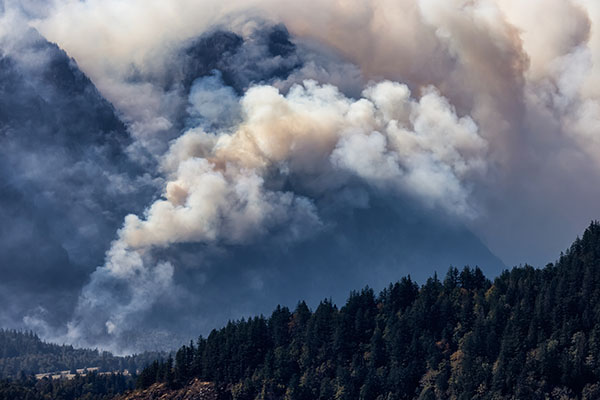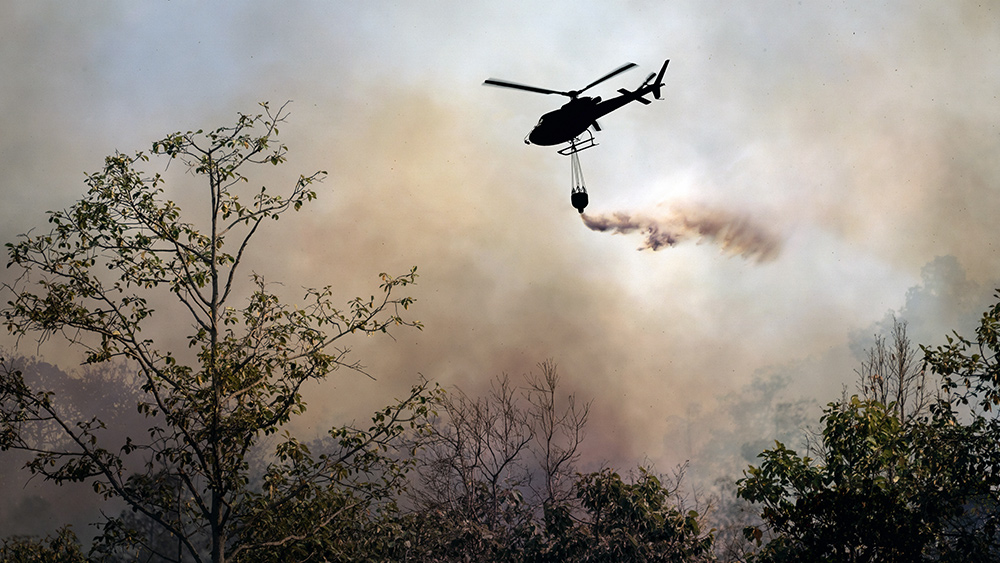
In the study, the researchers looked at the effects of carbon emissions from factories and oil fields, both of which are noted to have high emission rates, on avian respiratory systems. In particular, the team looked at cases of anthracosis, commonly referred to as miner's lung, in ducks from areas in Wasit province in Iraq.
"The purpose of this study to know the relative proportion of carbon in [areas where there are oil fields and brick factories], and also know the apoptosis which occurred as a result of the [accumulation of carbon]," the researchers wrote in their report.
Researchers collected 18 domestic ducks (Anas platyrhynchos) from three different areas – Al-Dejeli (which served as the control), Al-Ahdab oil field, and an area with brick factories. The lungs were harvested and tissue samples were stained to check for the presence of carbon particles. The team also investigated for the presence of apoptosis (programmed cell death) expression in the lungs using acridine orange/ethidium bromide (AO/EB) stains, and an electron microscope was used to look at the shape of the carbon deposit.
The findings revealed that while the lung tissue in the control area tested positive for soot, possibly from exposure to vehicle exhaust and agricultural machinery, the alveoli only contained a few carbon particles in the macrophages. As for the ducks collected near brick factories and oil fields, their tissue samples contained a significantly higher amount of carbon accumulation in the alveoli. In particular, two types of carbon were found in the lungs: single-wall carbon nanotubes (SWCNT) and multi-wall carbon nanotubes (MWCNT). Ducks from the brick factories contained both SWCNT and MWCNT, while those from the oil fields only have SWCNT. These agreed with previous studies noting the presence of anthracosis in birds that have been chronically exposed to carbon. Similar results have been seen in humans, only they are more prone to the adverse effects of carbon emissions from pollution – especially those from coal and factory discharge. In addition, researchers found evidence of early- and late-term cell death in the tissues, with apoptosis from lung tissues from ducks in the brick factory being higher than those from the oil factory.
"We conclude that carbon has an unhealthy effect on [the lungs] of ducks that lead to [the] occurrence of apoptosis (early and late)," the researchers concluded. The team noted that more studies should be made on the immune history of carbon accumulation in the respiratory tissues of birds, including its effect on the central nervous system of birds breeding in these areas. (Related: Pigeons could offer insights to fight disease caused by water and air pollution.)
How air pollution affects birds
The problem of air pollution is wholly man-made, but its effects are felt by every organism around the world. In 2016, reports estimate that outdoor pollution levels worldwide have increased by eight percent in just five years, with Asia and the Middle East (where the study was made) being the regions that are most affected.
As birds are exposed to different pollutants, these can result in a mix of adverse health effects caused by each.
- Carbon monoxide – caused by the burning of gasoline, natural gas, and oil – can lead to abnormal breathing patterns, as the chemical directly impacts the nervous system.
- Sulfur dioxide hits their immune system, making them more prone to disease.
- Coal emissions result in a decrease in red blood cells.
- Heavy metals such as copper, lead, and nickel can affect how birds lay eggs, resulting in much fewer eggs.
Learn more about the effects of pollution on wildlife by following Pollution.news.
Sources include:
Medical-Dictionary.TheFreeDictionary.com
Please contact us for more information.























